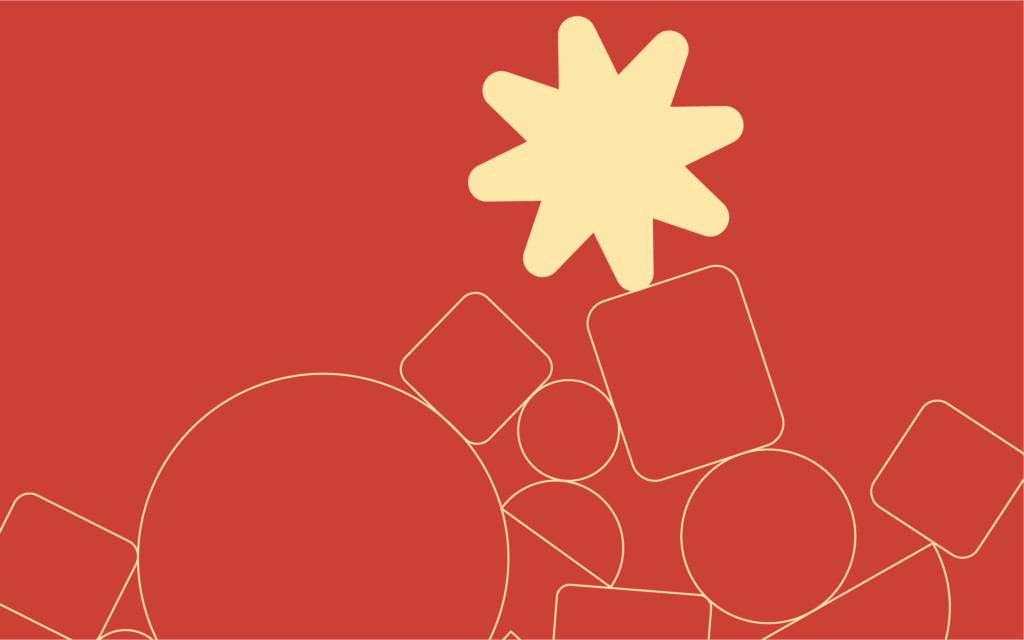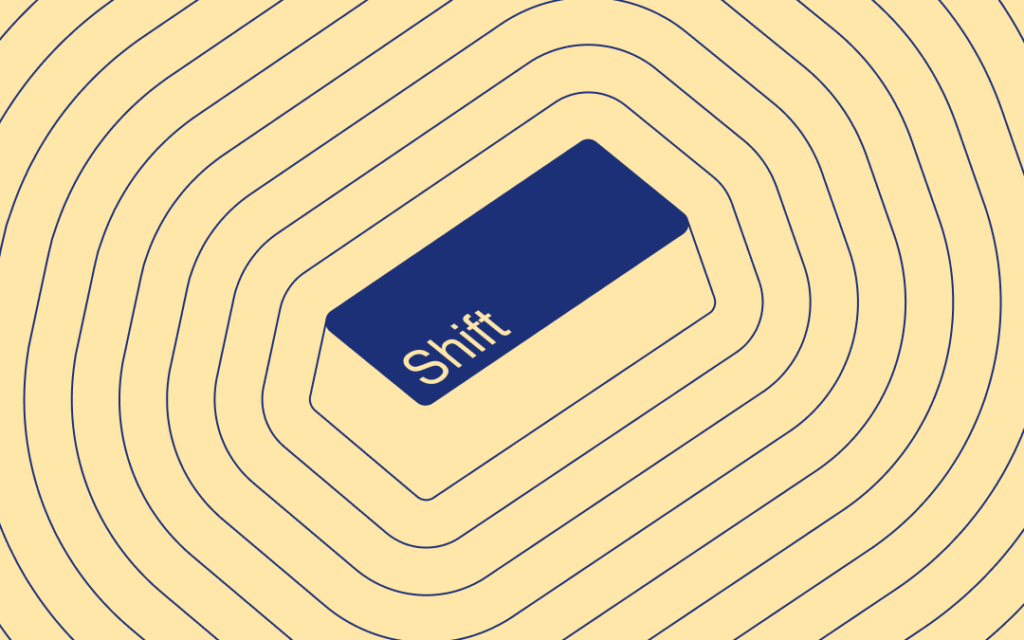Writing: When Do You Just Start Over?
Writing: When Do You Just Start Over?

Step #1 to writing better: Chuck your first draft.
Step #2 to writing better: Start over.
The next time you write something, at that exact moment when give yourself a figurative pat on the back for “finishing” a first draft, close the document, drag it to the trash bin, and empty the trash.
Seriously.
Then take a much-deserved break and forget about that piece of writing for awhile.
When you’re ready to try again, open a new document with its proverbial clean slate. And start anew: rewrite from scratch.
You will soon notice this reality: You won’t be rewriting from scratch. The document may be empty, but the slate is anything but clean. You’re not struggling with what to write – surely one of the most intense cognitive loads – the content is in your head. You don’t have to create the storyline – you have already created a workable structure, even if it was loosely organized or badly conceived. You’re not articulating (which is hard); you’re re-articulating (which is comparatively easy). As you have surely experienced in conversation, the second time you say anything, it comes out more easily, more elegantly, and more powerfully.
The fact is that rewriting is fundamentally easier than writing, which is why you should be willing to trash your first draft. Now you can focus less on what you want or need to say and more on how to say it with grace and power – and on the critical challenge of making your piece “on brand.”
Perhaps most important, your familiarity with the material will be dramatically higher – you’ll be writing smarter, which is always a recipe for success. This phenomenon is something we all experienced in high school or college.
Think back to any math or science class you might have taken. You probably recall a day when the textbook made no sense, when the lecture was difficult to follow, and when the problem set was challenging if not impossible. But the next day, the material seems crystal-clear; the problem set is infinitely more manageable. What happened?
Your subconscious is what happened. It was churning away at the difficult material, creating new neural pathways to connect the dots, to generate the aha! moment, to give you the insight and understanding that means you’ve incorporated new knowledge and strategies into your brain. Seemingly by magic, the opaque and the difficult have become transparent and easy.
The same phenomenon happens when you are writing. You wrestle your way to a first draft. You fight less hard on the next first draft. And that draft will be better. (Note that this requires the active work of that first draft; you can’t just sleep on a project and expect it to solve itself.)
There is one caveat to the draft/trash/rewrite method: Rewriting is not retyping. You must be open to new possibilities – in terms of content, structure, and style – as you write your “new” first draft. But by letting go of your true first draft and letting your unconscious mind do some of the heavy lifting – you should find the writing process easier and more effective.
Will you have to trash your first draft every time? Of course not. There will be plenty of projects in which you can easily treat the first draft like, well, a first draft (i.e., revise, edit, proofread, done). But for challenging new content – like when you’re called upon to write about an innovative technology or articulate a new market opportunity or strategy – or when you’re given projects that don’t have a readily identifiable template or genre, the trash-and-rewrite approach can pay huge dividends. A bonus: Every time you use it, you will build your confidence in your capabilities as a writer.
So if you’re learning to write or if you’re just flat out stuck on something, start over. I guarantee you will surprise yourself at how effective it can be to trash your first draft.






